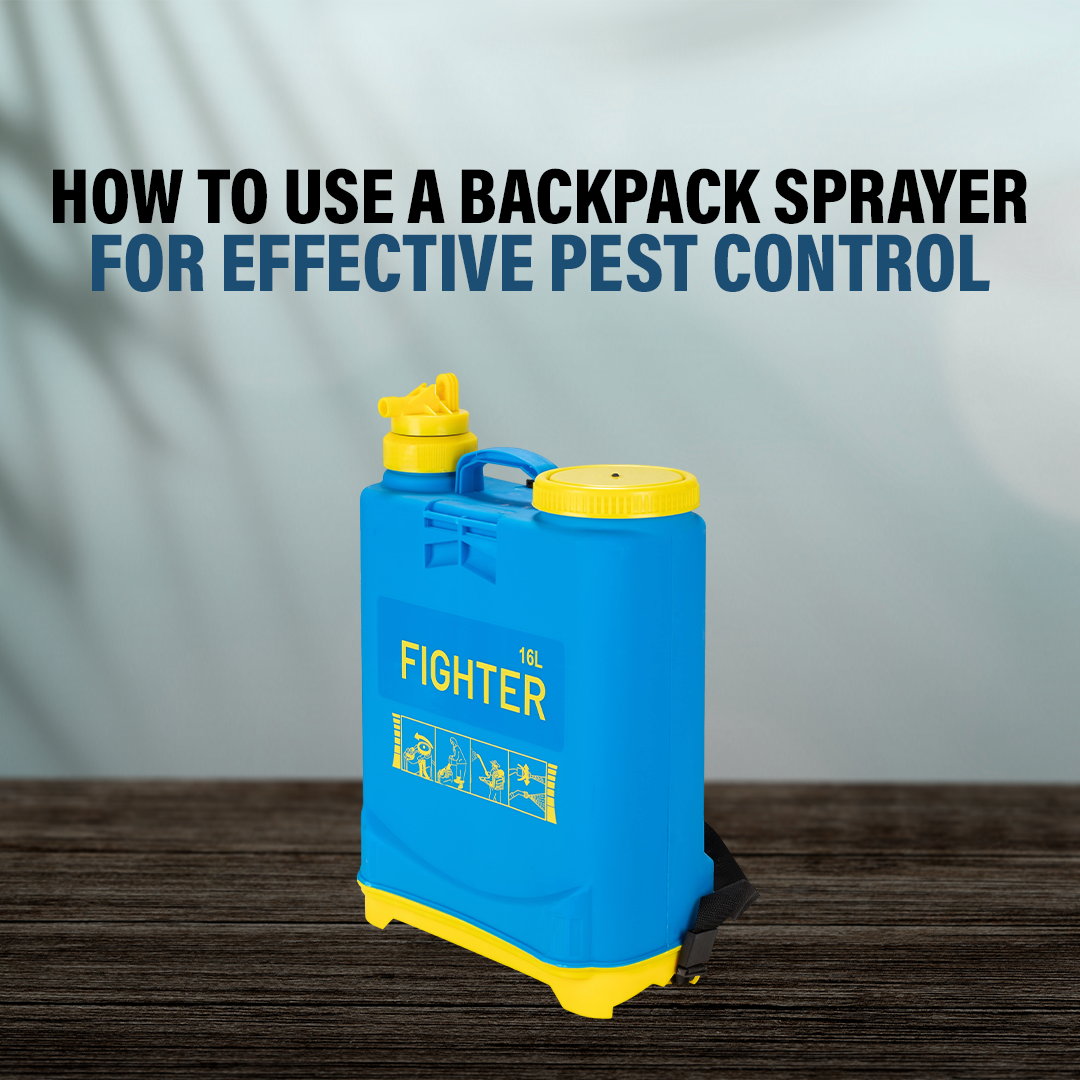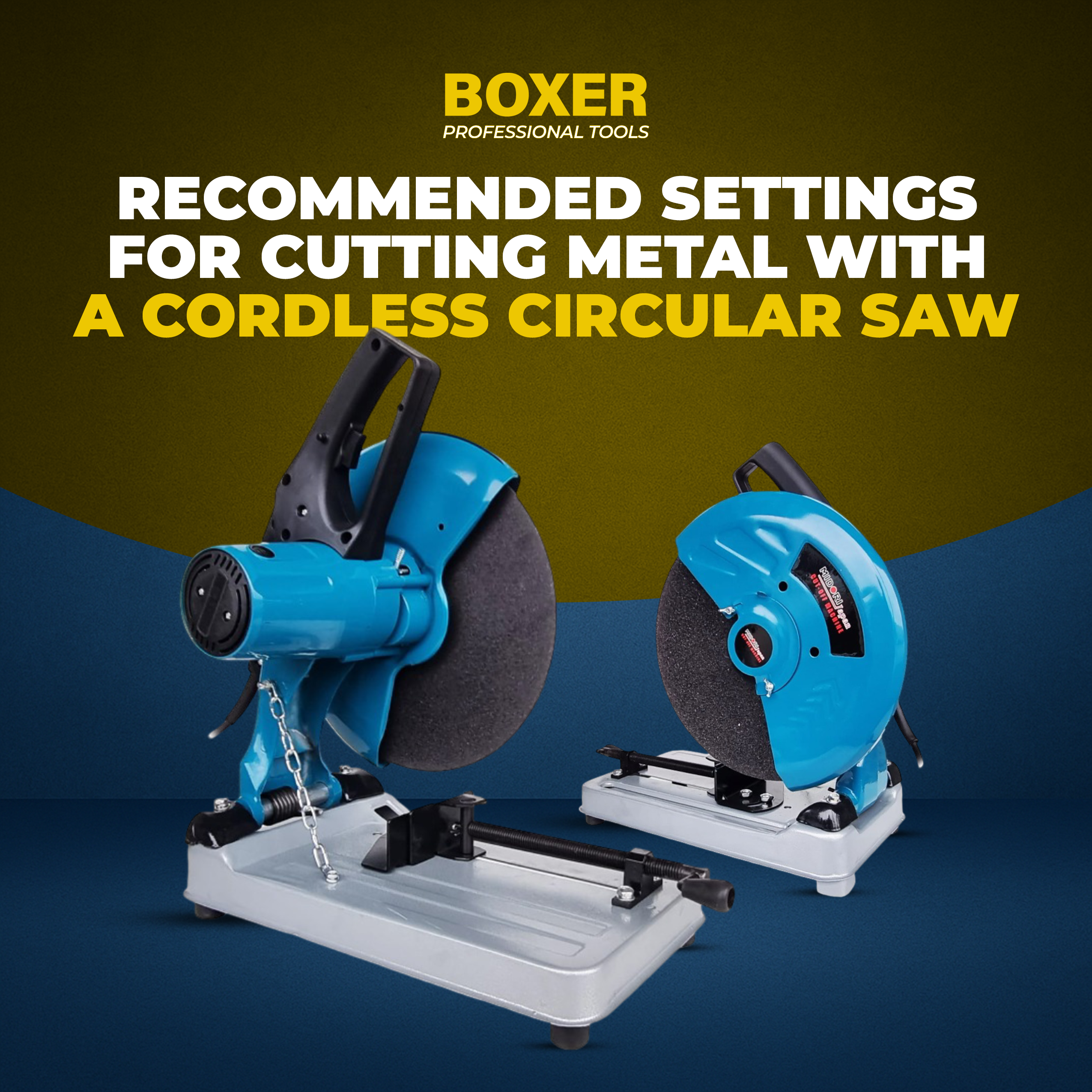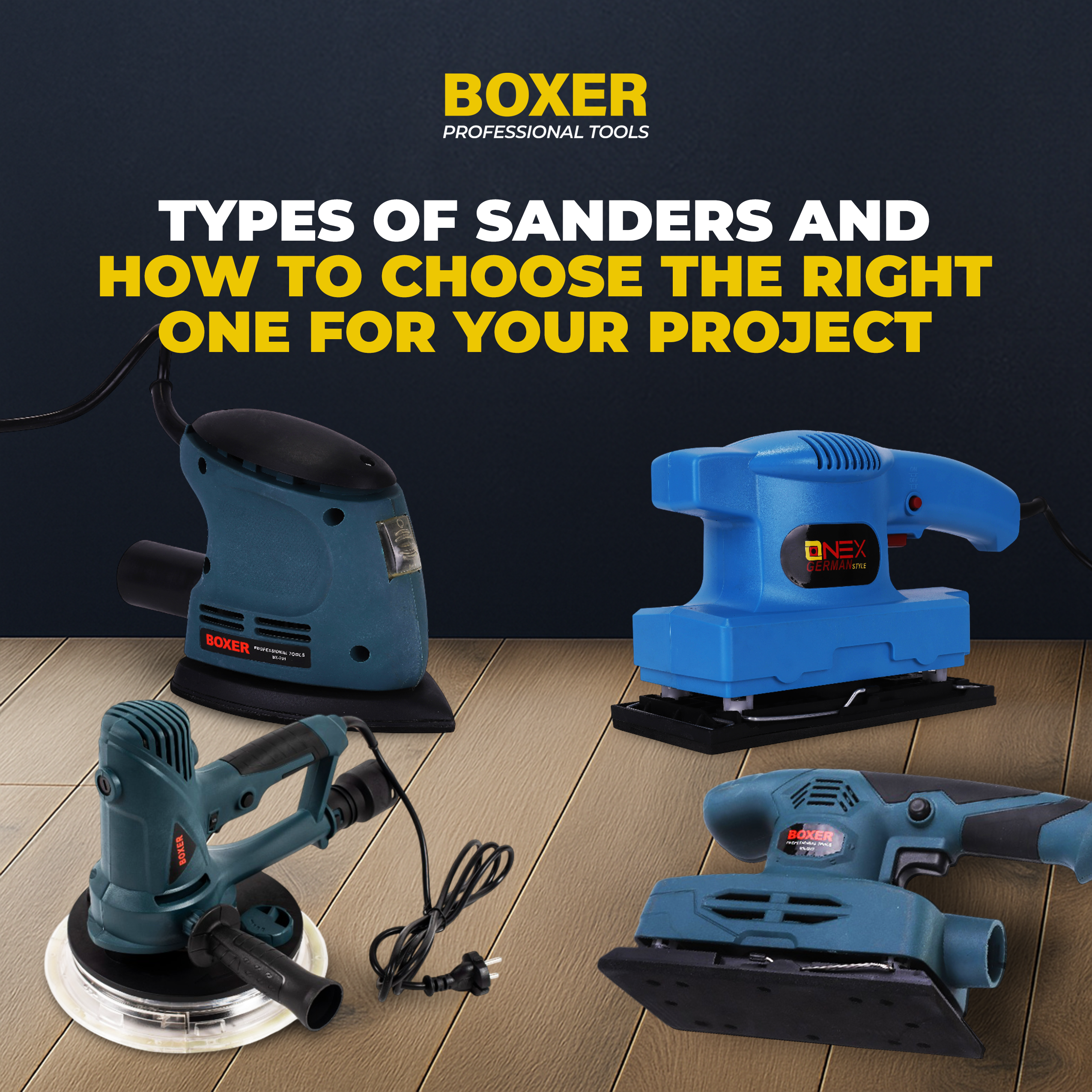
How To Use a Backpack Sprayer for Effective Pest Control
Backpack sprayers are a powerful tool for tackling pest problems, both indoors and outdoors. They offer a convenient and efficient way to apply pesticides, herbicides, and other treatments to large areas. However, for optimal results and safety, proper use is crucial. This comprehensive guide from Boxer Tools will equip you with the knowledge to confidently and effectively utilize a backpack sprayer for pest control.
Safety First: Gear Up Properly
Before diving in, prioritize safety. Pesticides can be harmful if mishandled. Here's what you'll need:
- Personal Protective Equipment (PPE): This includes long sleeves, pants, gloves made from the material recommended on the pesticide label (usually nitrile), safety goggles, and a respirator if specified by the label.
- Mixing container: Use a dedicated container for mixing pesticides, not one used for food or drink.
- Sprayer: Choose a backpack sprayer suitable for the size of the area you'll be treating. Boxer Tools offers a range of reliable backpack sprayers to suit various needs.
Prepping Your Backpack Sprayer
- Read the Manual: Familiarize yourself with your specific backpack sprayer's operation and maintenance instructions.
- Inspection Time: Check the sprayer for leaks, ensuring all hoses, nozzles, and the tank are in good condition. Tighten any loose connections.
- Assemble (if needed): If your sprayer requires assembly, follow the manufacturer's instructions carefully.
Mixing the Solution
- Read the Label: This is paramount! The pesticide label will provide crucial information on mixing ratios, target pests, application techniques, safety precautions, and re-entry times (how long to wait before entering a treated area).
- Measure Precisely: Use a clean measuring container to accurately measure both water and the designated amount of pesticide as per the label instructions. Never eyeball measurements.
- Partial Fill First: Fill the sprayer tank partially with clean water. Then, add the measured pesticide slowly while continuously stirring the mixture to ensure even distribution.
- Top Up and Agitate: Once the pesticide is thoroughly mixed, add the remaining water to the tank as per the label's recommended dilution ratio. Close the tank securely and continue agitating the mixture for a few minutes.
Calibration for Effective Application
- Calibration ensures you apply the correct amount of pesticide per square footage. Here's a simple method:
- Measure a Test Area: Select a small, representative area within the treatment zone. Measure its length and width to calculate the square footage.
- Spray and Collect: Fill the sprayer with plain water only. Spray the test area at your intended walking pace and spray pattern. Once finished, collect the sprayed water in a container for a set amount of time (e.g., 30 seconds).
- Calculate the Rate: Measure the volume of collected water in ounces. This represents the amount of solution your sprayer applies per square footage in that specific timeframe.
- Adjust for Accuracy: If the collected amount deviates from the recommended application rate per the pesticide label, adjust your walking speed, spray pattern, or the amount of water used for dilution. Repeat the calibration process until you achieve the desired application rate.
The Art of Spraying
- Target the Source: Identify and directly target areas where pests are present or likely to harbor.
- Mind the Wind: Avoid spraying on windy days to prevent pesticide drift onto unintended areas.
- Uniform Coverage: Maintain a consistent walking pace and spray pattern to ensure even application across the target area. Overspraying is wasteful and can harm beneficial insects.
- Nozzle Selection: Different nozzles offer varying spray patterns (e.g., mist, fan, jet). Choose the nozzle best suited for the target pest and the type of application (spot treatment, perimeter treatment, etc.).
- Low and Slow: Hold the sprayer nozzle close to the target area (around 12-18 inches) and walk at a slow, steady pace.
Post-Spraying Care
- Empty and Rinse: Completely empty the sprayer tank after use. Rinse the tank thoroughly with clean water several times, paying close attention to areas where the pesticide solution might accumulate.
- Clean the Sprayer: Follow the manufacturer's instructions for cleaning the sprayer. This might involve using a specialized cleaning solution or a diluted bleach solution (always wear PPE while cleaning).
- Safe Disposal: Dispose of leftover pesticide solution and used PPE according to local regulations. Never pour leftover pesticide down drains or onto the ground.
Boxer Tools: Your Partner in Effective Pest Control
Boxer Tools offers a comprehensive selection of high-quality backpack sprayers designed for various needs and budgets. Our backpack sprayers are known for their:
- Durability: Constructed with robust materials to withstand demanding use.
- Comfort: Ergonomic designs ensure comfortable wear during extended spraying sessions.
- Efficiency: Powerful pumps and adjustable nozzles deliver optimal performance.
- Ease of Use: User-friendly features make operation and maintenance a breeze.
Beyond Backpack Sprayers: A Holistic Approach
- While backpack sprayers are a powerful tool, a holistic approach to pest control is often recommended. Here are some additional strategies to consider:
- Identify the Pest: Accurately identifying the pest allows you to choose the most effective treatment method.
- Habitat Modification: Eliminate factors that attract pests, such as food sources, moisture, and harborage areas.
- Natural Control Methods: Whenever possible, explore natural control solutions like insecticidal soap, beneficial insects, or traps.
- Seek Professional Help: For extensive infestations or complex pest problems, consider consulting a licensed pest control professional.
By following the steps outlined in this guide and employing a well-rounded approach, you can effectively utilize a backpack sprayer for pest control. Remember, safety always comes first. Wear proper PPE, read and follow all pesticide label instructions carefully, and prioritize responsible disposal practices. Boxer Tools is here to equip you with the right tools and knowledge for a pest-free environment.
Additional Tips
- Spray during cooler hours: Early mornings or evenings are ideal for spraying, as hot and sunny conditions can accelerate pesticide breakdown and increase evaporation.
- Keep pets and children away: Ensure pets and children are not present in the treatment area during and after spraying until the re-entry time has passed as specified on the pesticide label.
- Store the sprayer properly: When not in use, store your clean and empty backpack sprayer in a cool, dry place out of reach of children and pets.
By implementing these practices, you can leverage the power of backpack sprayers for effective and safe pest control. For more information on Boxer Tools' backpack sprayers, visit our website for more Information!
Copyright © 2026 Boxertools | Powered By Orance Media Group








